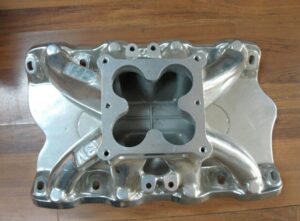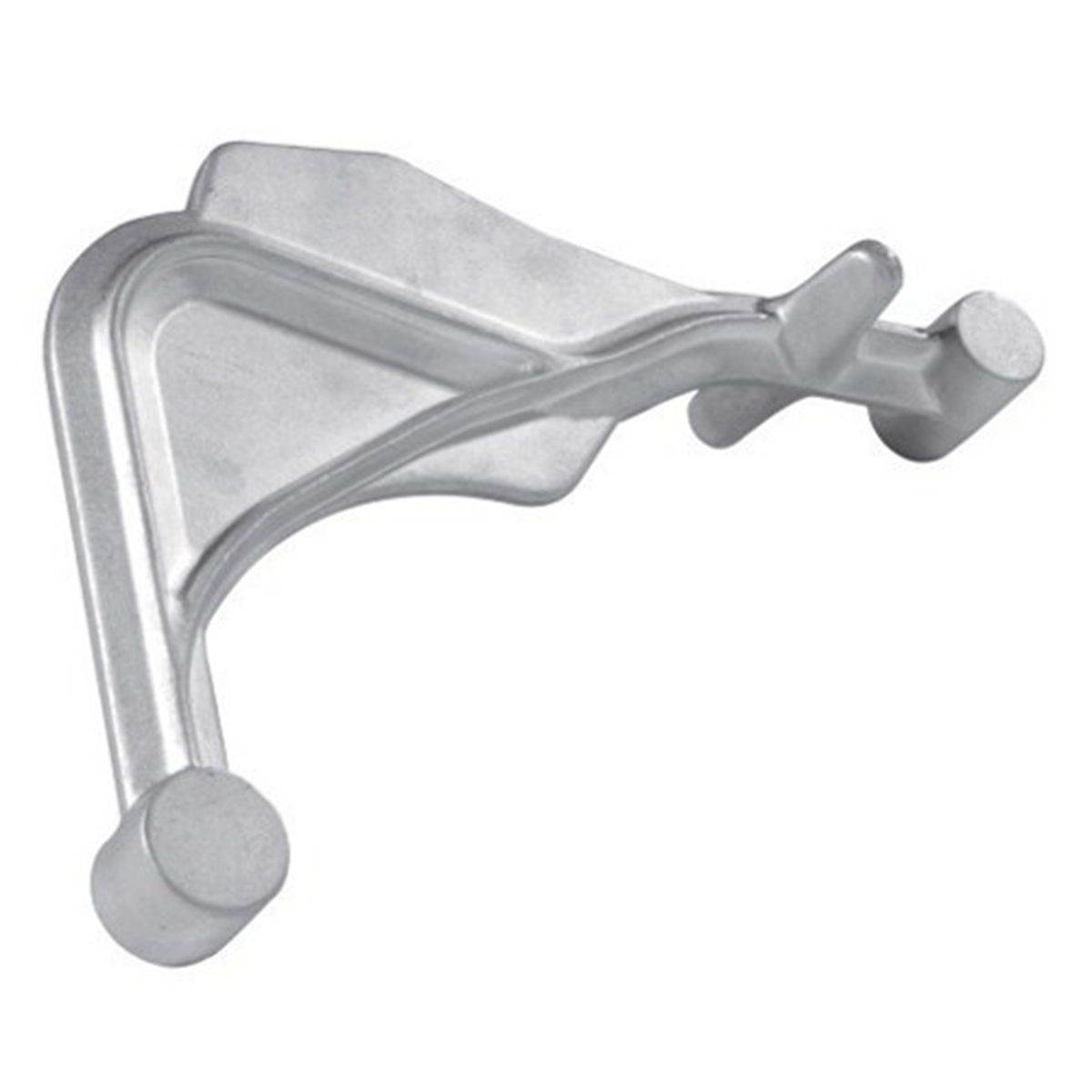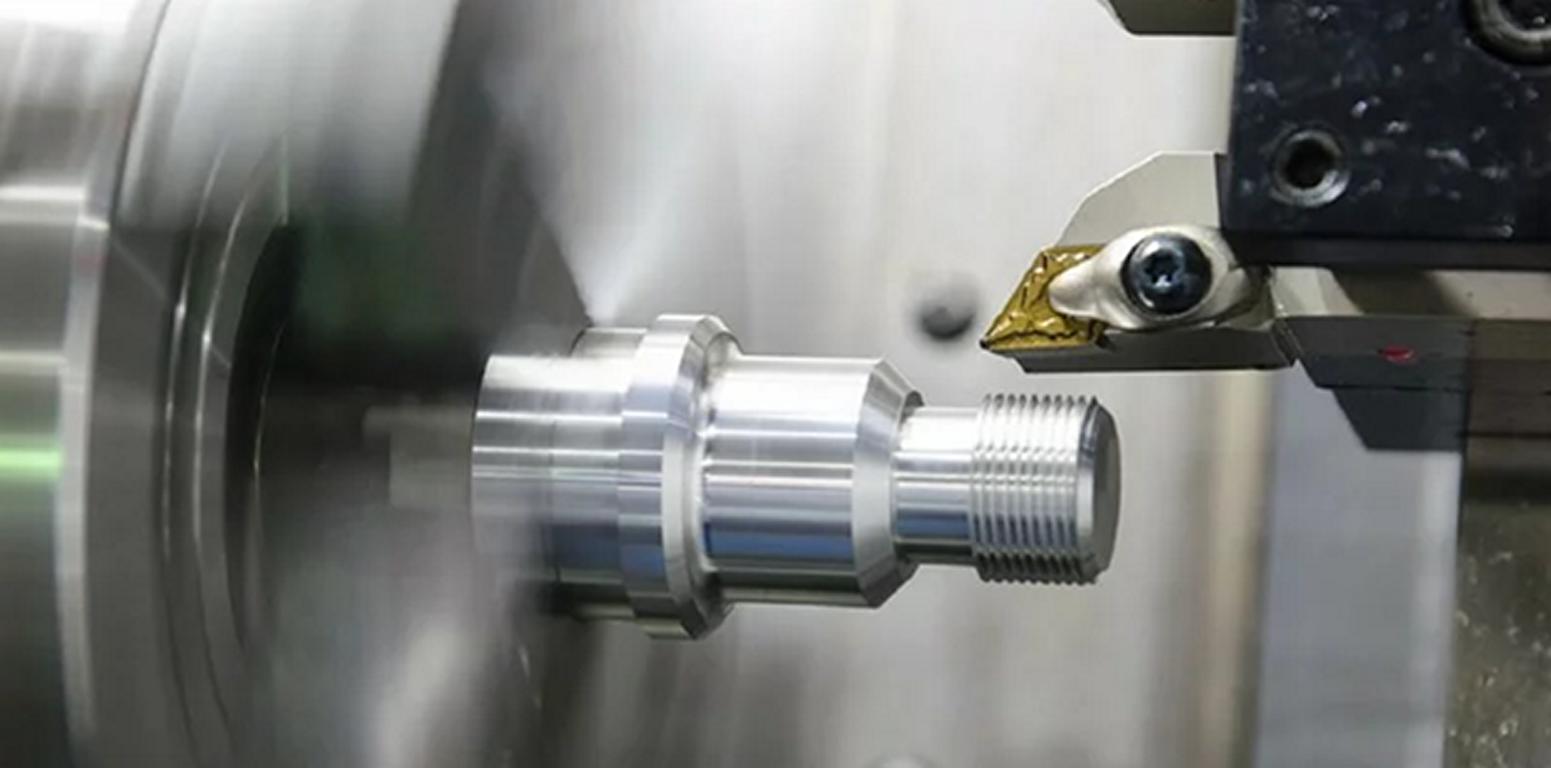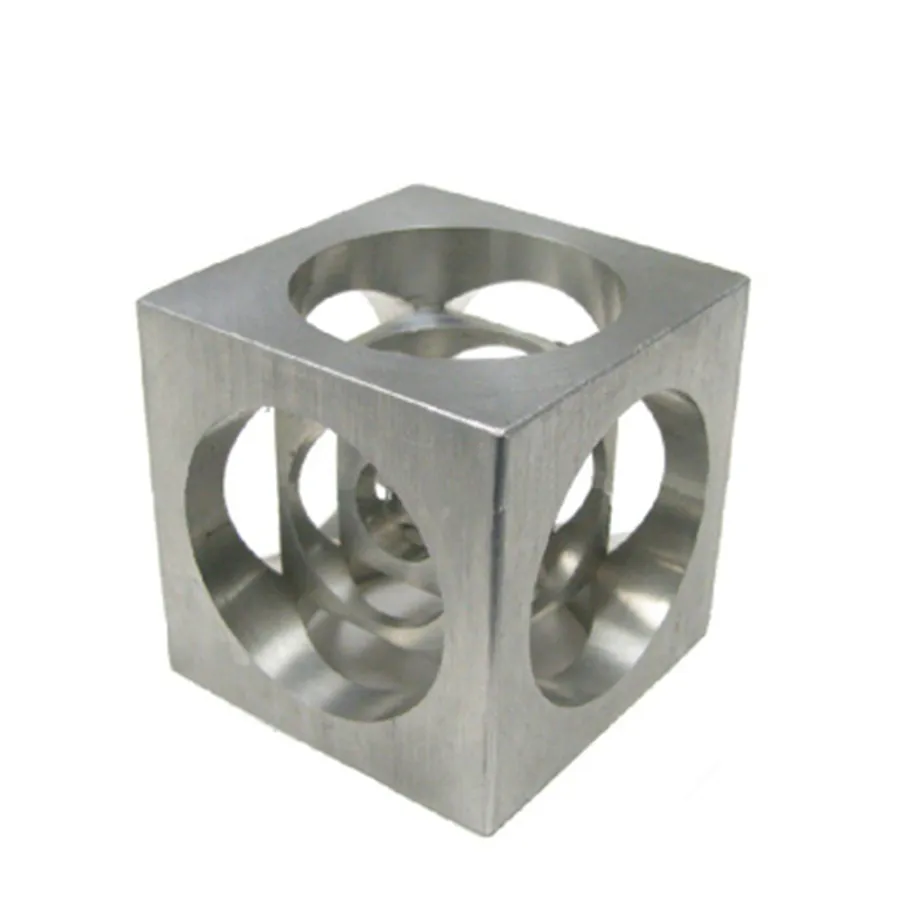
The acid pickling concentration in hot-dip galvanizing is carefully controlled based on multiple technical and operational factors.
1. Acid Type and Typical Concentration Ranges
Hydrochloric Acid (HCl):
Most commonly used in modern galvanizing due to faster reaction rates and reduced iron oxide sludge.
Concentration range: 10–20% (by weight) in water.
Operating temperature: 20–30°C (ambient to slightly heated).
Sulfuric Acid (H₂SO₄):
Less common today but still used in some facilities.
Concentration range: 5–15% (by weight) in water.
Requires higher temperatures (50–70°C) for effective pickling.
2. Key Factors Influencing Concentration Settings
Steel Condition:
Heavily rusted or scaled steel may require higher acid concentrations or longer immersion times.
Thin oxide layers allow for lower concentrations to minimize base metal loss.
Temperature:
Higher temperatures accelerate pickling but increase acid volatility and fume generation.
Concentration may be reduced if temperature is elevated (e.g., sulfuric acid at 15% with 60°C heating).
Iron (Fe²⁺) Buildup:
As pickling progresses, dissolved iron (ferrous chloride in HCl, ferrous sulfate in H₂SO₄) accumulates, reducing efficiency.
Acid is replenished or replaced when Fe²⁺ exceeds 100–150 g/L (for HCl) or 60–80 g/L (for H₂SO₄).
Process Efficiency:
Overly high concentrations risk excessive metal dissolution (“over-pickling”), while low concentrations prolong processing time.
3. Monitoring and Control Methods
Titration Analysis:
Regular testing of free acid and Fe²⁺ content to maintain optimal concentration.
Density Measurement:
Hydrometers or refractometers track solution density, correlating with acid strength.
Automated Systems:
Modern plants use sensors and dosing systems to adjust acid concentration in real time.
4. Operational Adjustments
Dilution/Replenishment:
Fresh acid is added to counteract depletion caused by neutralization (acid + iron oxide → salts + water).
Inhibitors:
Organic inhibitors (e.g., thiourea) may be added to reduce base metal attack without affecting rust removal.
Waste Management:
Spent acid is neutralized (e.g., with lime) to precipitate heavy metals before disposal or recycling.
5. Safety and Environmental Considerations
Fume Suppression:
Higher concentrations or temperatures increase HCl or H₂SO₄ fumes, requiring ventilation or fume scrubbers.
Material Compatibility:
Acid-resistant tank materials (e.g., rubber-lined steel, PP/FRP) are selected based on acid type and concentration.
6. Industry Standards
Concentration parameters often align with guidelines from organizations like:
ASTM A123 (Standard Specification for Zinc Coatings)
ISO 1461 (Hot-Dip Galvanized Coatings)
Local environmental regulations for effluent control.
In summary, acid pickling concentration is optimized through a balance of steel condition, process efficiency, safety, and environmental compliance. Regular monitoring and adjustments ensure effective oxide removal while minimizing costs and material waste.





